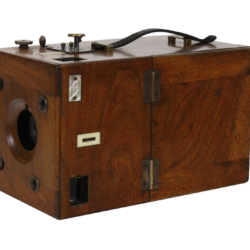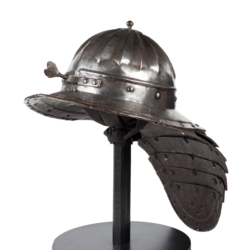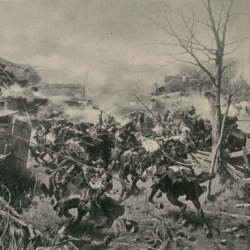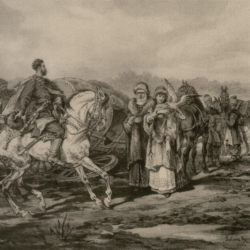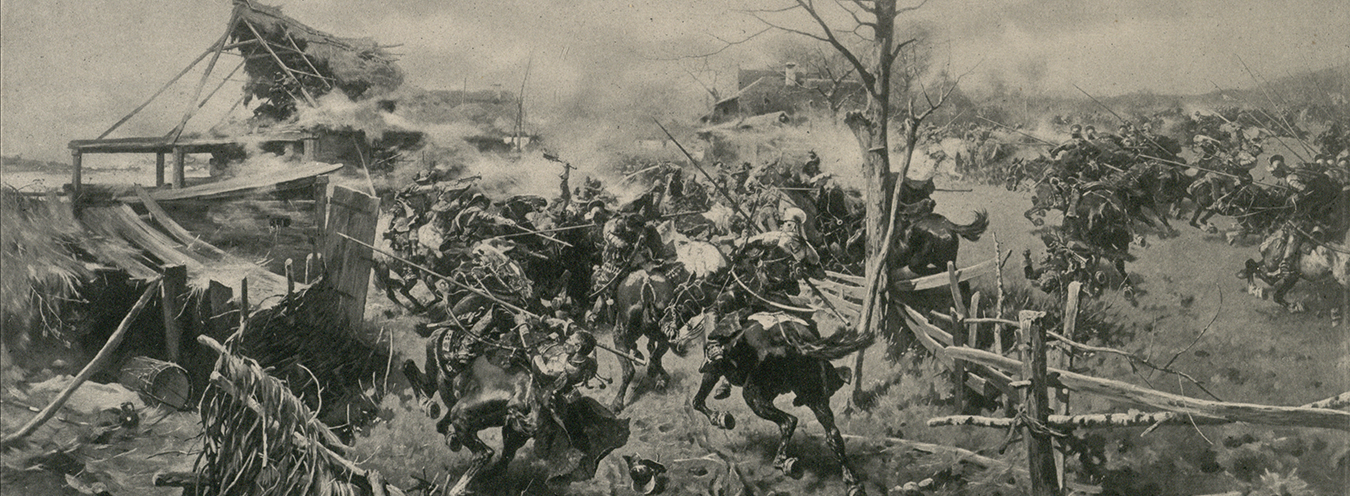
Cruel images
Just before the film’s premiere, it was advertised as a digital safari: “Wonderful landscapes, exotic actors, African animals” [trans. K.F]. Confronting landscapes, people and animals discloses an unconsciously paternalistic attitude towards otherness, but at the same time it points directly to the qualities regarded as the key to attract audiences: Sienkiewicz, exotic things, and nature. Mixed reviews also noted this issue, emphasizing that the film “meets the spectators’ expectations”[1].
Except for the useless “changes to Sienkiewicz’s world view” [trans. K.F], the film was considered as too long, as it lasted more than three hours, and was divided into two parts. This fact was attributed to Władysław Ślesicki’s fondness of documentaries: the director focused on images devoted to landscapes and nature. This technique did not even require panoramic shots, as was the case of Knights of the Teutonic Order and Trilogy. The landscapes of Sudan (and Bulgaria) themselves proved quite engaging.
Regardless of the beauty of these landscapes, both the foreign and the Polish ones were the background for many infamous events. Both in the case of In Desert and Wilderness and The Deluge, reviewers pointed to the cruelty present in the films in question which resisted comparisons with the literary original. Knights of the Teutonic Order were less associated with violent scenes: in this film, the “dishonorable” suicide of Zygfryd de Löwe attracted attention, as it resembled the (often public) executions of Nazi criminals, which took place after WWII.
The cruelty of the world presented by Sienkiewicz can be noticed even by an inattentive reader – this is the world of slaughter, both in Trilogy focusing on the bloody period in Polish history, and in the story of children lost in desert and in wilderness. Ślesicki confronted the viewers with scheming, executions, battles, and hunts. Maciej Karpiński wrote:
In Desert and Wilderness is a cruel movie, too cruel for children and for teenagers alike. The audience – older than seven! – are served with multiple slit throats, knives thrust in chests, agony of people killed in a variety of ways – with guns, spears, and bows. These facts illustrate an issue which I have already mentioned – the confusion concerning the film’s target. It seems that Ślesicki wishes to join the ranks of contemporary directors associated with the “cinema of cruelty”, having altogether forgotten the target audience of his movie. In Desert and Wilderness is filled not only with people dying. Of course, the killing of a lion is justified and understandable, but the spectators should not necessarily watch Staś shooting a running gazelle: the animal trips and dies, spastically kicking its tiny hoofs. There is no justification for such an image.[2]
The reviewer emphasized that he is “not an old prude”, but the scenes themselves are not adjusted to the reception of younger audiences. Again, a crucial trait of literature is revealed: a reader might not see what is being described. A filmmaker who reconstructs the story, can obviously refrain from providing an outright illustration of an event, and show its consequences, or commentaries about it, instead. One can also introduce bloodless imagery – as was the case of many war films, until that point mostly black and white. Perhaps because the narrative was set in distant times, or maybe because of Sienkiewicz’s alibi, Ślesicki decided to faithfully render the writer’s imagination. It stayed in accordance with the modern conventions of foreign cinema, which was – just a year later – noted by a reviewer of The Deluge:
Blood in The Deluge splashes on screen like in The Godfather, and thanks to advanced Panavision lenses, the blood is finally red. The fights look real, and no longer resemble the tender stroking of the opponent’s beard.[3]
Outright cruelty was not, however, accepted by everyone. There were press comments written by viewers about The Deluge, according to which Sienkiewicz’s “bloodbath” was too faithfully transferred on screen. Too much meat, they argued, “human flesh – burnt, chopped, pierced, shown in close-up; and animal meat waiting to be consumed”[4]. These comments can point to the fact that Sienkiewicz’s name attracted not only film connoisseurs acquainted with films in the like of The Godfather to the cinemas. They can prove the fact that color film was still a novelty, to which the spectators were not yet used to. But if these spectators read Sienkiewicz’s novels, they must have consciously or unconsciously ignored the cruel images present within them.
Przypisy
- Ibidem. Cf.: M. Karpiński, W pustyni i w puszczy [In Desert and Wilderness], “Kultura” [Culture] 1973, issue 43; trans. K.F.
- M. Karpiński, Ibidem; trans. K.F.
- K. Gedroyć, Zamiast recenzji [Instead of a Review], “Gazeta Białostocka” [The Białystok Paper], September 14th 1974; trans. K.F.
- Jan Grygiel in “Nowiny” [The News], November 17th 1974; trans. K.F.


